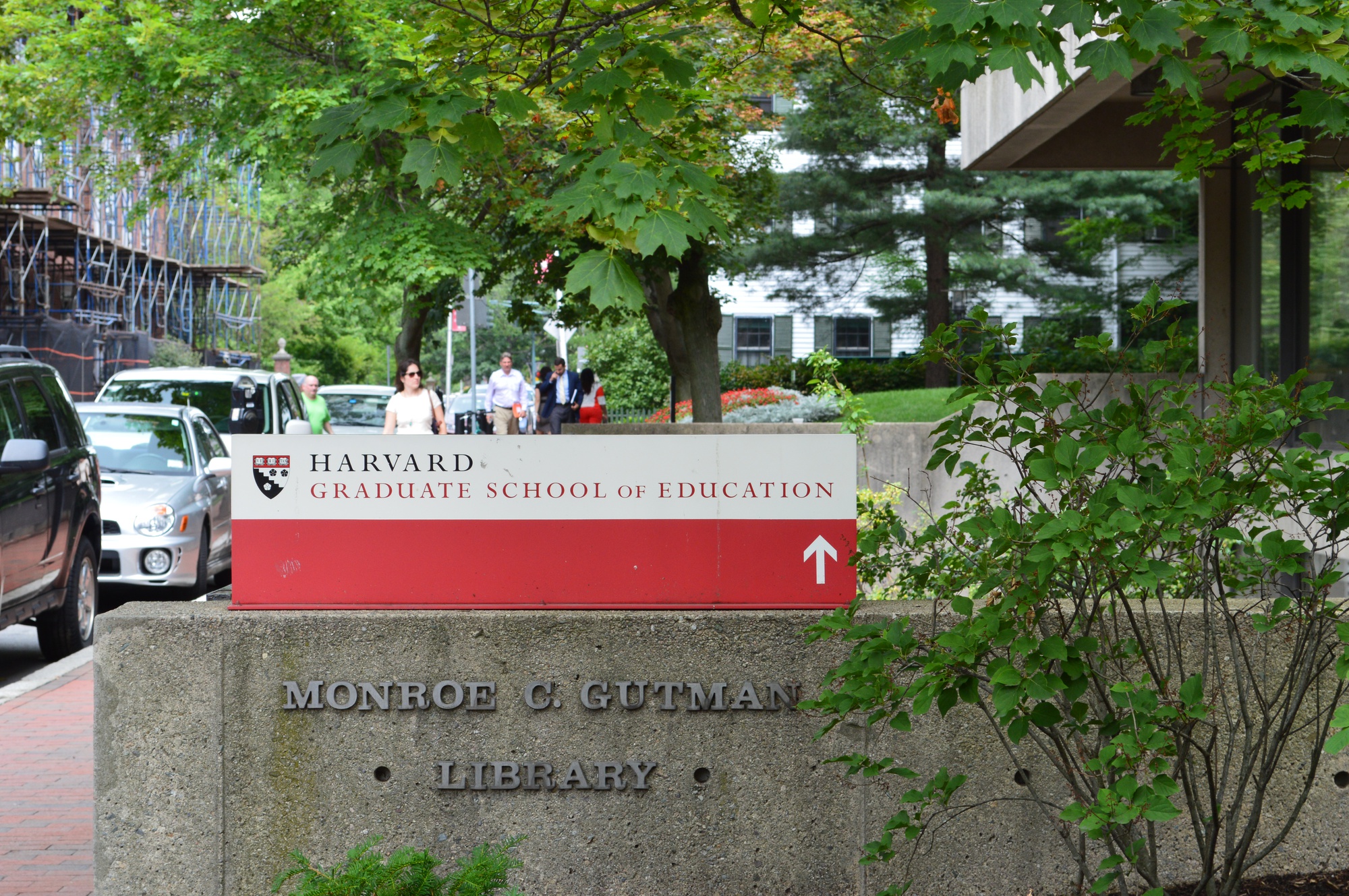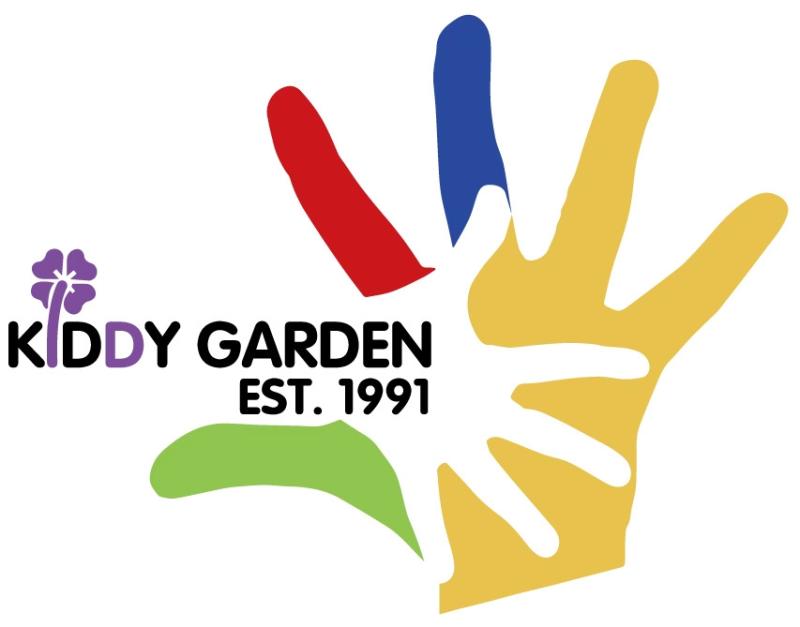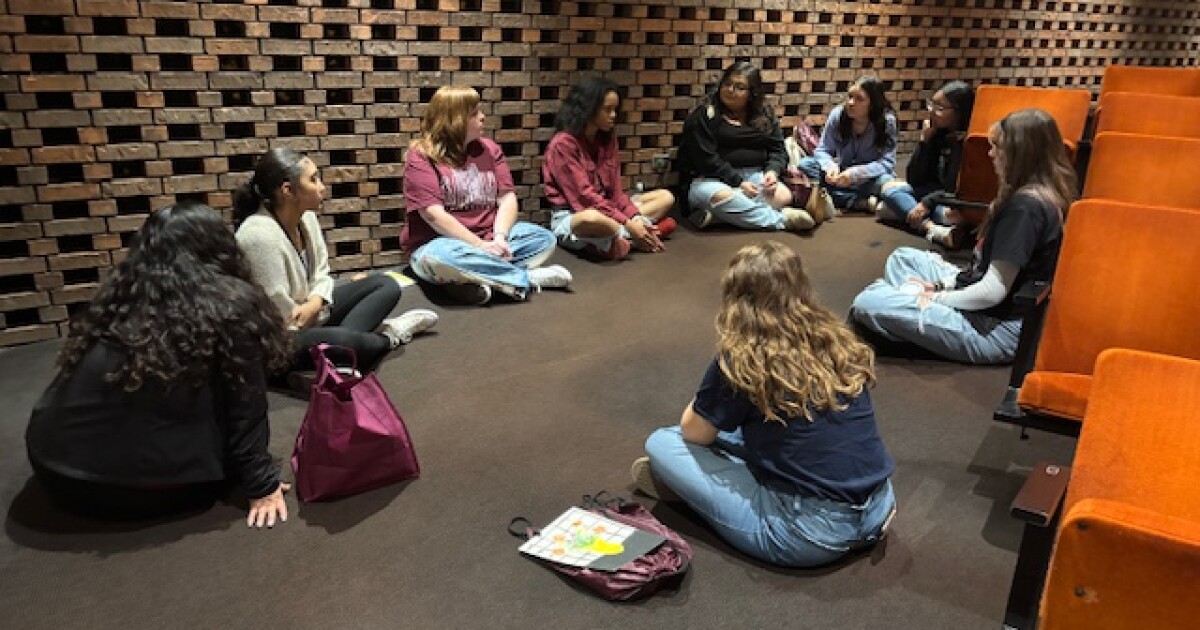Report on Staten Island Youth Forum and Community Initiatives Aligned with Sustainable Development Goals
Event Overview: A Partnership for the Goals (SDG 17)
A coalition of Staten Island community organizations has announced a Youth Forum scheduled for October 22, 2025, from 6:00 p.m. to 8:00 p.m. at the Gerard Carter Center. This collaborative event exemplifies SDG 17 (Partnerships for the Goals) by uniting multiple stakeholders to address critical issues facing the borough’s youth. The forum is designed to create a platform for dialogue on youth empowerment and community engagement, contributing to a sustainable future.
- Date: October 22, 2025
- Time: 6:00 p.m. – 8:00 p.m.
- Location: Gerard Carter Center, 230 Broad St.
- Registration: forms.gle/gxsy2yABiJs2hp8Q8
Fostering Quality Education and Inclusive Societies (SDG 4 & SDG 16)
The forum’s agenda is directly aligned with SDG 4 (Quality Education) and SDG 16 (Peace, Justice and Strong Institutions). A keynote address by Dr. Roderick Palton, Staten Island Department of Education Superintendent, will focus on strategies for youth empowerment and building inclusive community structures. A panel discussion moderated by Ranti Ogunleye will further explore avenues for youth advocacy and support, promoting lifelong learning opportunities and fostering participatory societies.
- Keynote Speaker: Dr. Roderick Palton
- Moderator: Ranti Ogunleye
- Panelists:
- Michael Williams (ONS)
- Rachel Ullah (True2Life)
- Michael DeVito (NYCID)
- Jocelyn Lebron (Healthcare Education Project)
- Jen Larsen (On Your Mark)
Community Action for Sustainable Development
Participating organizations are actively engaged in ongoing projects that support a range of Sustainable Development Goals, demonstrating a holistic approach to community well-being.
H.E.A.L.T.H for Youths Initiatives:
- Promoting Good Health, Well-being, and Zero Hunger (SDG 3 & SDG 2): The organization hosts a weekly free market and pantry every Friday from 10:00 a.m. to 12:00 p.m. at 120 Victory Blvd. This initiative directly combats food insecurity by providing free food and supports community health through cooking classes, recipe sharing, and blood pressure screenings.
- Advancing Sustainable Cities and Protecting Ecosystems (SDG 11, SDG 14 & SDG 15): In recent months, H.E.A.L.T.H for Youths has organized community cleanups along the North Shore Esplanade. These efforts contribute to SDG 11 (Sustainable Cities and Communities) by improving public spaces and support SDG 14 (Life Below Water) and SDG 15 (Life on Land) by protecting local coastal and terrestrial environments.
Analysis of SDGs in the Article
1. Which SDGs are addressed or connected to the issues highlighted in the article?
The article highlights several community-led initiatives on Staten Island that directly or indirectly connect to multiple Sustainable Development Goals. The analysis identifies the following relevant SDGs:
- SDG 2: Zero Hunger – Addressed through the provision of free food.
- SDG 3: Good Health and Well-being – Addressed through health screenings and education.
- SDG 4: Quality Education – Addressed through the youth forum focused on empowerment and community engagement.
- SDG 11: Sustainable Cities and Communities – Addressed through community cleanups and the creation of better public spaces.
- SDG 14: Life Below Water – Addressed by the cleanup of a waterfront area, which helps reduce land-based pollution affecting marine environments.
- SDG 16: Peace, Justice and Strong Institutions – Addressed by creating an inclusive forum for youth to participate in community dialogue and decision-making.
- SDG 17: Partnerships for the Goals – Addressed through the collaborative nature of the event, involving numerous local organizations.
2. What specific targets under those SDGs can be identified based on the article’s content?
Based on the activities described, the following specific SDG targets can be identified:
- Target 2.1: By 2030, end hunger and ensure access by all people, in particular the poor and people in vulnerable situations, including infants, to safe, nutritious and sufficient food all year round. This is relevant to the “free market and pantry” that provides “free food distribution.”
- Target 3.4: By 2030, reduce by one third premature mortality from non-communicable diseases through prevention and treatment and promote mental health and well-being. The “blood pressure screenings” are a direct preventative measure for non-communicable diseases.
- Target 4.7: By 2030, ensure that all learners acquire the knowledge and skills needed to promote sustainable development, including, among others, through education for sustainable development and sustainable lifestyles… and global citizenship. The Youth Forum, with its focus on “youth empowerment, community engagement, and strategies for building a positive future,” directly supports this target.
- Target 11.7: By 2030, provide universal access to safe, inclusive and accessible, green and public spaces, in particular for women and children, older persons and persons with disabilities. The “cleanups along the North Shore Esplanade” are an effort to “enhance the waterfront,” which is a public space.
- Target 14.1: By 2025, prevent and significantly reduce marine pollution of all kinds, in particular from land-based activities, including marine debris and nutrient pollution. The cleanup of the “North Shore Esplanade” is a land-based activity aimed at preventing pollution from entering the water.
- Target 16.7: Ensure responsive, inclusive, participatory and representative decision-making at all levels. The Youth Forum is designed as a platform for “youth advocacy and support,” allowing young people to “engage with attendees and answer questions,” thus fostering participatory engagement.
- Target 17.17: Encourage and promote effective public, public-private and civil society partnerships, building on the experience and resourcing strategies of partnerships. The article explicitly states the forum is a “collaborative effort among several local organizations,” listing nine different partners.
3. Are there any indicators mentioned or implied in the article that can be used to measure progress towards the identified targets?
The article mentions or implies several indicators that can be used to measure progress:
- For SDG 2: The existence and weekly operation of the “free market and pantry” and the “free food distribution” serve as a direct indicator of action to combat food insecurity.
- For SDG 3: The provision of “blood pressure screenings” and the activities of the “Healthcare Education Project” are measurable indicators of health promotion efforts.
- For SDG 4: The organization of the “Youth Forum” itself is an indicator of an educational initiative aimed at youth empowerment and community engagement. The number of attendees who register could be a quantitative measure.
- For SDG 11 & 14: The implementation of “cleanups along the North Shore Esplanade” is a clear indicator of community action to improve public spaces and reduce land-based pollution.
- For SDG 16: The forum serves as an indicator of a platform for inclusive and participatory decision-making by providing youth a voice and access to local experts and officials.
- For SDG 17: The number and diversity of collaborating organizations listed (“H.E.A.L.T.H for Youths, Central Family Life Center, Bay Street & Beyond,” etc.) is a direct indicator of a multi-stakeholder partnership.
4. Table of SDGs, Targets, and Indicators
| SDGs | Targets | Indicators |
|---|---|---|
| SDG 2: Zero Hunger | 2.1 End hunger and ensure access to safe, nutritious and sufficient food. | Operation of a weekly “free market and pantry” with “free food distribution.” |
| SDG 3: Good Health and Well-being | 3.4 Reduce premature mortality from non-communicable diseases through prevention. | Provision of “blood pressure screenings” and healthcare education. |
| SDG 4: Quality Education | 4.7 Ensure all learners acquire knowledge and skills for sustainable development. | Hosting a “Youth Forum” on youth empowerment and community engagement. |
| SDG 11: Sustainable Cities and Communities | 11.7 Provide universal access to safe, inclusive and accessible, green and public spaces. | Organizing “cleanups along the North Shore Esplanade” to enhance the waterfront. |
| SDG 14: Life Below Water | 14.1 Prevent and significantly reduce marine pollution from land-based activities. | Waterfront cleanup efforts on the North Shore Esplanade. |
| SDG 16: Peace, Justice and Strong Institutions | 16.7 Ensure responsive, inclusive, participatory and representative decision-making. | The Youth Forum as a platform for youth advocacy and engagement with local experts. |
| SDG 17: Partnerships for the Goals | 17.17 Encourage and promote effective public, public-private and civil society partnerships. | The “collaborative effort among several local organizations” listed in the article. |
Source: silive.com





